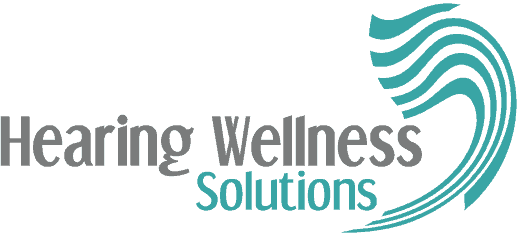Smaller and far more sophisticated than they used to be, hearing aids fit more seamlessly into our lives than ever before. Millions of people across the world depend on these tiny devices to navigate their daily lives, from social engagements, to work meetings, to family time. Modern hearing aids are designed to be durable, but malfunctions do happen from time to time. It is important to know what to do in these situations–how to get your devices in working order quickly–so that you can communicate confidently again. Here are some troubleshooting tips for common hearing aid problems that you may encounter.
1) My hearing aids are not producing sound.
There are a few reasons that a hearing aid may stop producing sound. First, check if there is wax blocking the microphone. Use the cleaning tools you received when you purchased your hearing aids (a soft brush and small picks or loops) and follow the manufacturer’s instructions for removing any debris. If you cannot remove all the earwax, your hearing professional can help.
Next, make sure your battery door is closed. Most hearing aids are powered on by closing the battery door. (If the door won’t close, the battery may be upside down). If it is still not producing sound, check the volume to make sure it is turned up. If that fails, you may have a dead battery. Test your battery with a hearing aid battery tester; you may need to replace it.
If, after replacing the battery, the hearing aid is still not functioning and you suspect it is damaged, take it to your hearing care specialist for professional maintenance.
2) My hearing aids are not loud enough.
A too-low volume in your hearing aid could signal a number of things. If your device has a manual volume control, check to make sure it is not turned all the way down. Carefully check the tubing of your aid for cracks, moisture, or blockages, and contact your hearing center if you need assistance replacing the tubing. Try switching between different programs or memory settings, as you may have accidentally set the aid on the wrong program. Finally, consider scheduling a hearing evaluation to make sure that your hearing hasn’t changed. Your practitioner may be able to make adjustments to the aid if you find you have new hearing requirements.
3) The sound coming from my hearing aids is distorted or unclear.
Distorted sound coming from a hearing aid is often a sign of a problem with a battery or the device itself. Visually inspect the batteries and replace them if they seem corroded. The issue could also lie with the battery contacts (the little metal prongs that connect with the battery when the door is closed). If they seem corroded or dirty, clean them carefully, replace the battery, and check if the sound has improved. Your hearing care specialist can also clean the battery contacts for you. If your device itself seems damaged, contact your hearing center for further maintenance.
4) My hearing aids are whistling or producing feedback.
Hearing aids that are producing a whistling sound may not be inserted properly—remove them and try re-inserting them, and check for an improvement. If your aids are correctly inserted and stop whistling when you turn down the volume, there may be a problem with the fit—in this case, you should take your device to your hearing care professional for a fit adjustment. A buildup of earwax in the ear canal can also lead to feedback: as you turn up the volume higher than normal so you can hear through the wax, more sound leaks out than usual and can bounce off the blockage, creating reverberations. If you think your ear canals may be blocked, see your hearing care specialist or physician to have your ears thoroughly cleaned.
Tips for daily care of your hearing aids:
The ear canal is a humid, sticky environment and these conditions can be harmful to the electronic components of hearing aids. You can help them to stay in good condition by following these simple guidelines.
- Clean them every night before bed. To do so, wipe them with a dry, soft cloth. Do not use wet wipes, alcohol solvents, or any cleaning products on your hearing devices as they can be damaging to electronic components.
- Don’t drop them. Hearing aids are small, and learning to insert them correctly can be tricky at first. While you’re getting used to your hearing aids, place them in your ears while seated, with a towel or pillow on your lap. It’s important to avoid dropping them on hard surfaces, as this can result in damage.
- Store them properly. When you are not wearing them, your hearing aids should be kept away from moisture and heat, in a cool dry place. Your hearing care specialist can recommend a dehumidifying box for storage. These boxes are effective at removing moisture that could corrode your hearing devices. Leaving the battery door open at night will allow moisture to escape, as well as preserving battery life.
- Know when not to wear them. Never wear your hearing aids in the shower or sauna, when swimming, or out in the rain. You should also remove them when using a hair dryer or applying hair products.
If you have issues with your hearing aids and require repair, please contact us at Hearing Wellness Solutions. Our friendly team is here to help.


